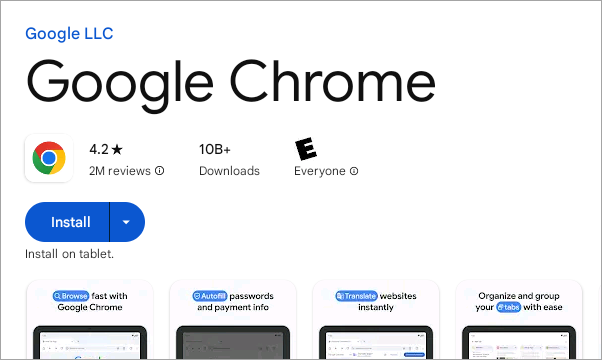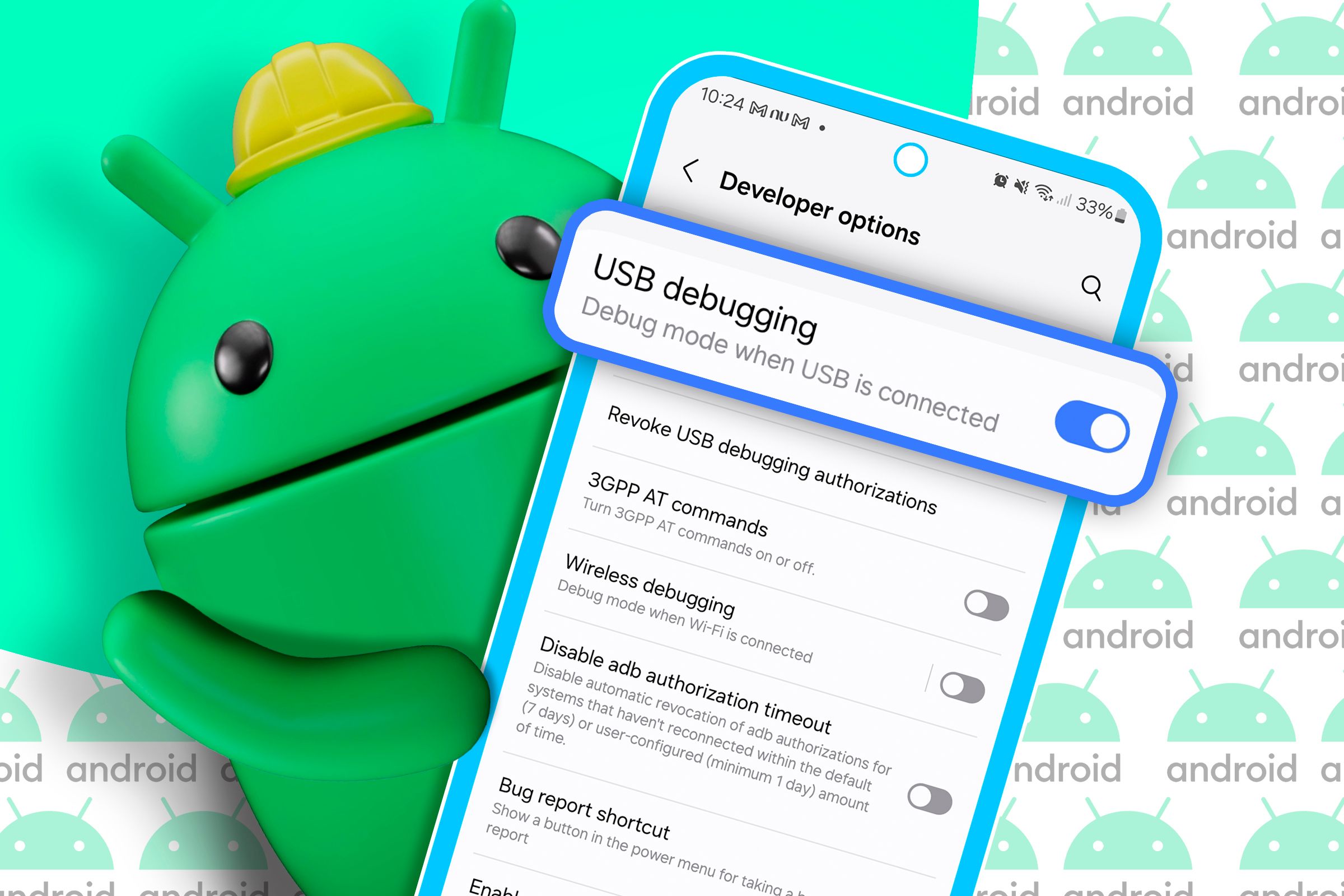Google Play Integrity is a crucial security framework that helps protect Android apps and users from unauthorized modifications, counterfeit devices, and licensing violations. While it serves an important role in maintaining Android’s security ecosystem, it’s far from perfect.
360 Degrees of Safety
At its core, Google Play Integrity is a sophisticated API that performs real-time security checks across three key dimensions: app integrity, device integrity, and license integrity. Think of it as a security guard that constantly patrols these three areas, making sure everything is as it should be.
App Integrity
App integrity verification ensures that the actual code of the application hasn’t been tampered with, and that it matches the original form as published on the Google Play Store. This is important because modified apps could contain malicious code designed to target user security in several ways. Such modifications might enable data theft from unsuspecting users, inject unauthorized advertisements into the app experience, circumvent legitimate in-app purchase systems, or create vulnerabilities that compromise overall system security.
To detect modifications, the API creates a unique digital fingerprint of the installed app and compares it to the original version’s fingerprint stored in the Play Store. If these fingerprints don’t match exactly, it means someone has altered the app. Any discrepancy triggers a security response, which could range from limiting app functionality to preventing the app from running entirely.
Device Integrity
Device integrity checks examine whether the Android device is in a secure state. This process verifies several key aspects of device security, including whether the bootloader is locked or unlocked, if the system has been rooted, the authenticity of the current operating system, and hardware attestation to confirm the device itself is genuine.
These comprehensive checks protect against many security risks that could potentially compromise both app security and user safety. A properly implemented device integrity system helps prevent malware that requires root access from gaining a foothold on the device. It guards against compromised operating systems that might leak sensitive data to unauthorized parties. The system also helps identify counterfeit devices that might not properly implement critical security features, and it can detect modified systems trying to bypass established security controls.
License Integrity
The license integrity component verifies that the user has proper authorization to use the app or its features. The system performs several key verification steps to ensure compliance. It confirms whether the app was legitimately bought through the Play Store, validates any in-app purchases, checks if the user’s account is still in good standing, and verifies that the app is being used in an authorized geographic region. This helps developers protect their revenue streams and ensure their apps are being used as intended.
For Your Own Good..?
While Google Play Integrity’s security benefits are clear, the system has sparked controversy within the Android community, particularly regarding its impact on user choice and alternative operating systems.
Impact on Alternative Operating Systems
Custom ROM users, particularly those running privacy-focused systems like GrapheneOS or community-developed ones like LineageOS, often face challenges with the Play Integrity API. These systems, despite often having equal or superior security measures, may fail integrity checks simply because they’re not official Google-certified Android builds.
This creates a problematic situation that affects users in several significant ways. Those who choose privacy-focused alternatives often find themselves dealing with reduced functionality across their apps. Many applications may refuse to run entirely despite the device being secure by objective measures. Banking apps and financial services, which are essential for daily life, often become completely unusable. Additionally, users frequently lose access to digital rights management (DRM) protected content, limiting their entertainment options.
Anti-Trust Concerns
The Play Integrity API has also raised anti-trust concerns. Critics argue that by bundling this system with Android and making it increasingly difficult to run apps without passing integrity checks, Google is exercising concerning levels of control over the Android ecosystem. This control manifests in several ways. The company’s actions create substantial barriers for competing app stores trying to establish themselves in the market. Users find their choices increasingly limited in how they can use their devices. Perhaps most concerning is the potential stifling of innovation within the Android space, as developers face increasing restrictions on what they can create and how they can distribute it.
Android: The Ideal Versus the Product
The tension between Android’s open-source roots and Google’s proprietary modifications creates an interesting chasm that’s worth exploring. The Android Open Source Project (AOSP) stands for the idealistic vision of what mobile operating systems could be. The project embodies core principles that align with open-source ideals: the software is made available for anyone to study and modify freely, its operation stays largely transparent to the public, and the development process is driven by the community in both input and output.
However, Google Play Integrity represents a different philosophy. The system implements closed-source security mechanisms that limit user control, centralizes app distribution through Google’s platforms, restricts device modifications that might otherwise be beneficial, and provides limited transparency into its security assessment processes.
This creates a situation where the base system promotes openness while the security layer restricts it. This paradox highlights the complex balance between security and freedom in modern mobile computing.
Finding Middle Ground
The situation isn’t entirely black and white. Google’s approach provides many significant benefits to the Android ecosystem. Their implementation has demonstrably reduced malware proliferation across the platform. The system helps protect developer revenues from piracy and fraud. It establishes consistent security standards that users and developers can rely on. Perhaps most importantly, it creates a reliable platform for sensitive applications that handle financial and personal data.
The challenge lies in finding ways to keep these benefits while preserving user freedom and choice. Several potential solutions might help bridge this gap. The integrity-checking processes could be made more transparent, giving users and developers better insight into what’s being verified. Alternative certification paths could be set up for custom ROMs that meet security requirements through different means. Users could be given more granular control over integrity requirements for different apps and services. Additionally, better support could be provided for privacy-focused Android variants that prioritize user control while maintaining security.
The Play Integrity API reflects a broader industry trend toward increased security through attestation and verification. While this approach has merit, it’s important to consider how such systems can be implemented without unnecessarily restricting user freedom or contradicting the open principles that made Android successful in the first place.
As Android continues to evolve, finding the right balance between security and openness remains a critical challenge. The Play Integrity API, while controversial, represents just one approach to this challenge. The future may bring new solutions that better satisfy both security requirements and user freedom—but for now, users and developers must navigate the complex landscape of competing priorities in mobile security.







